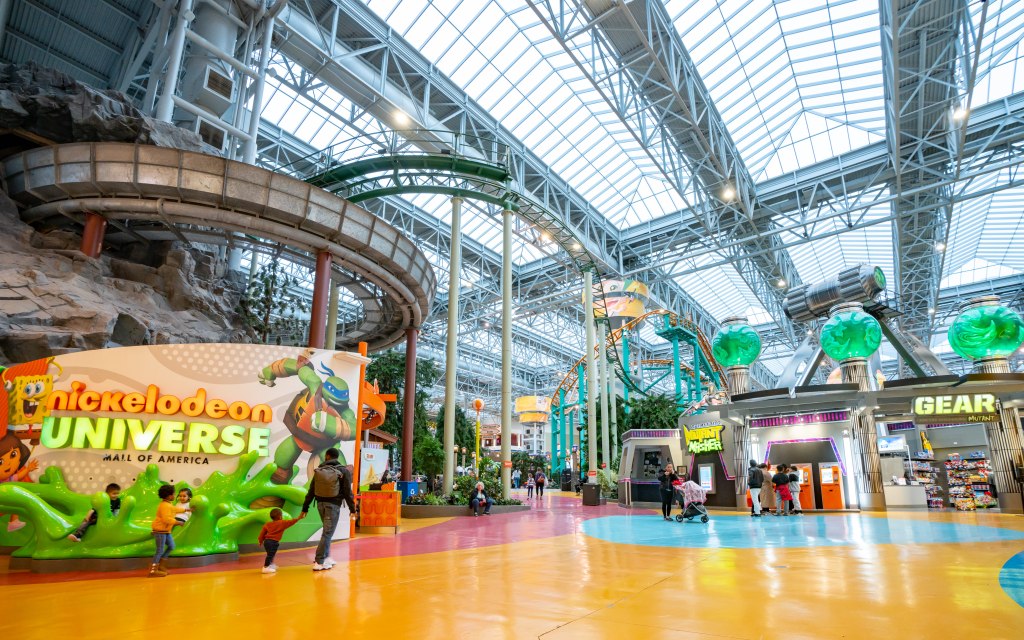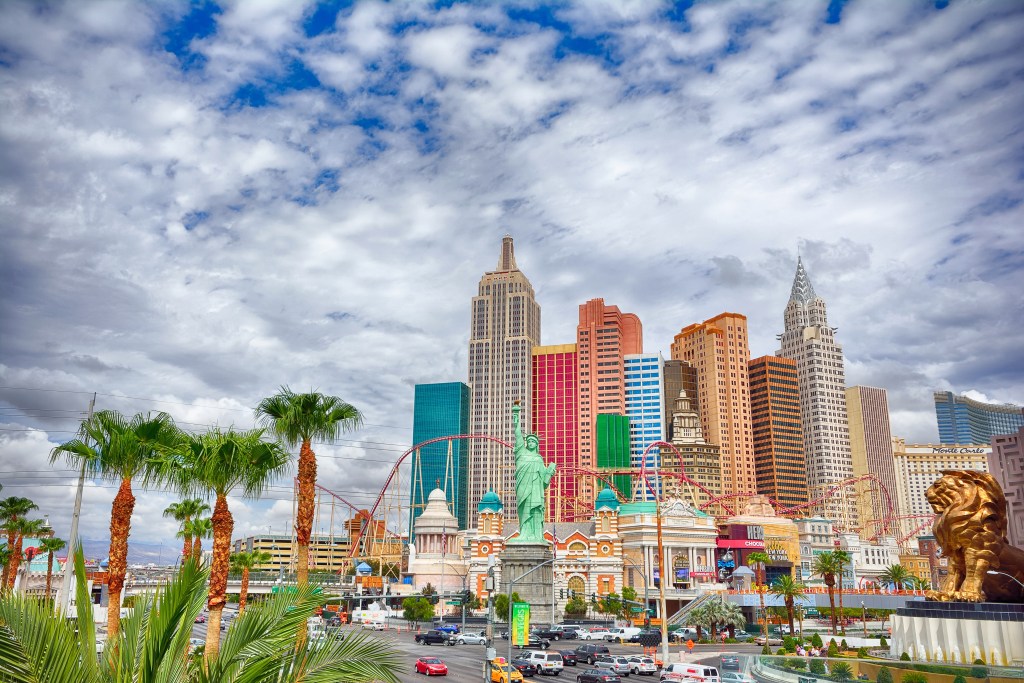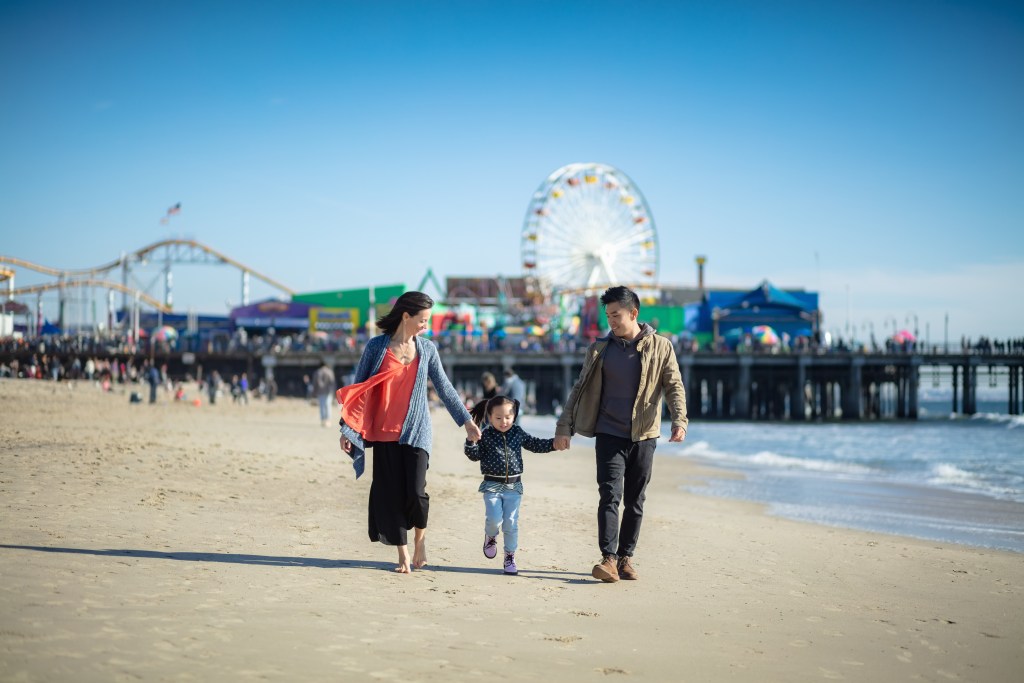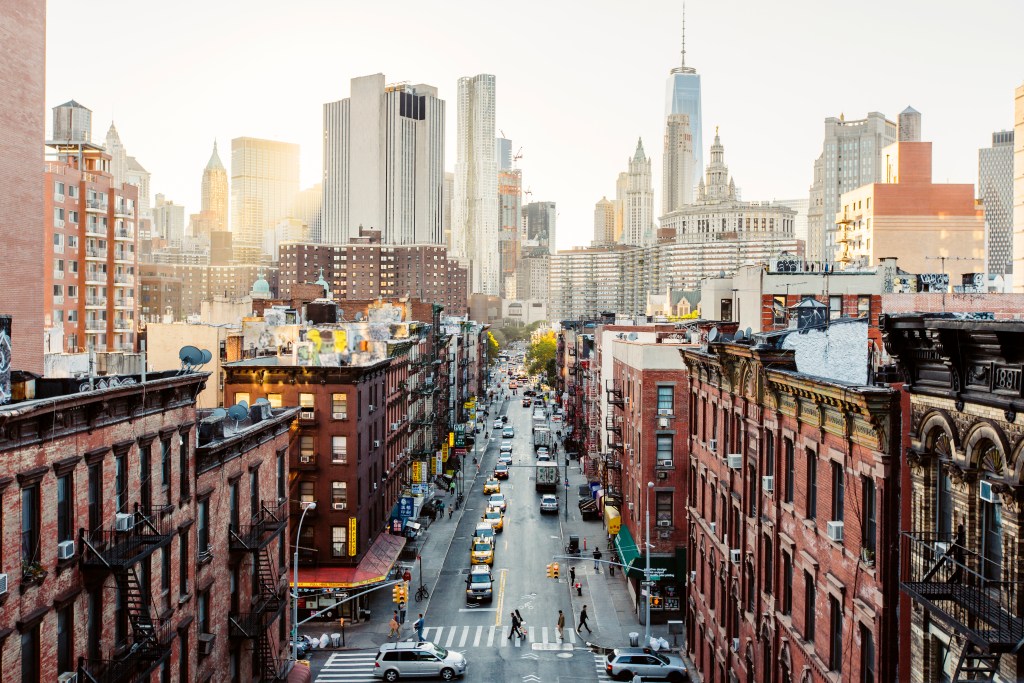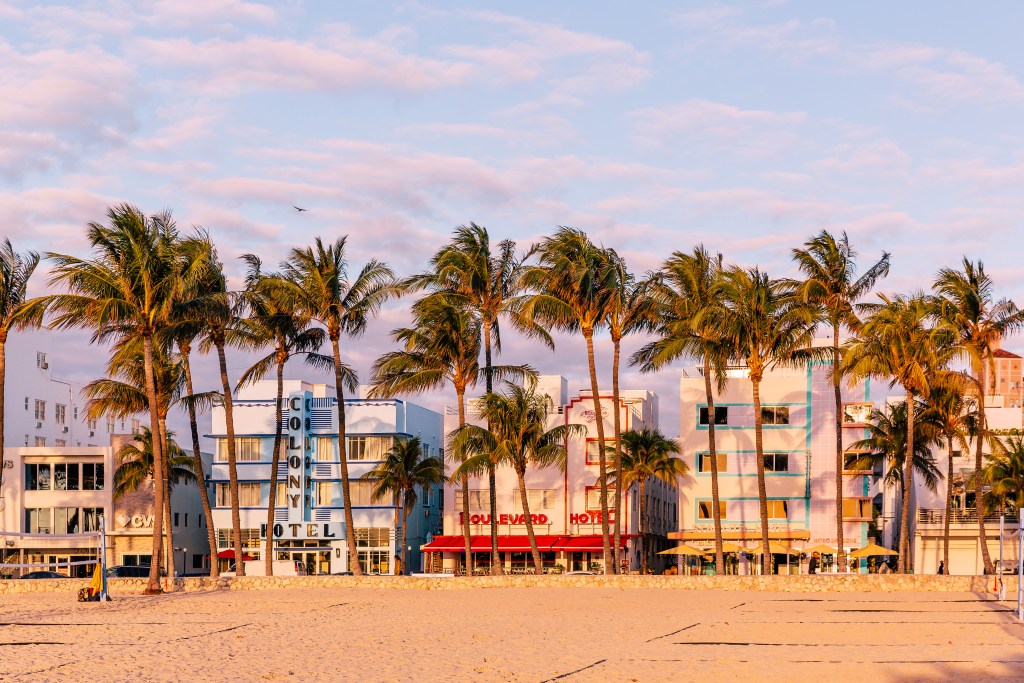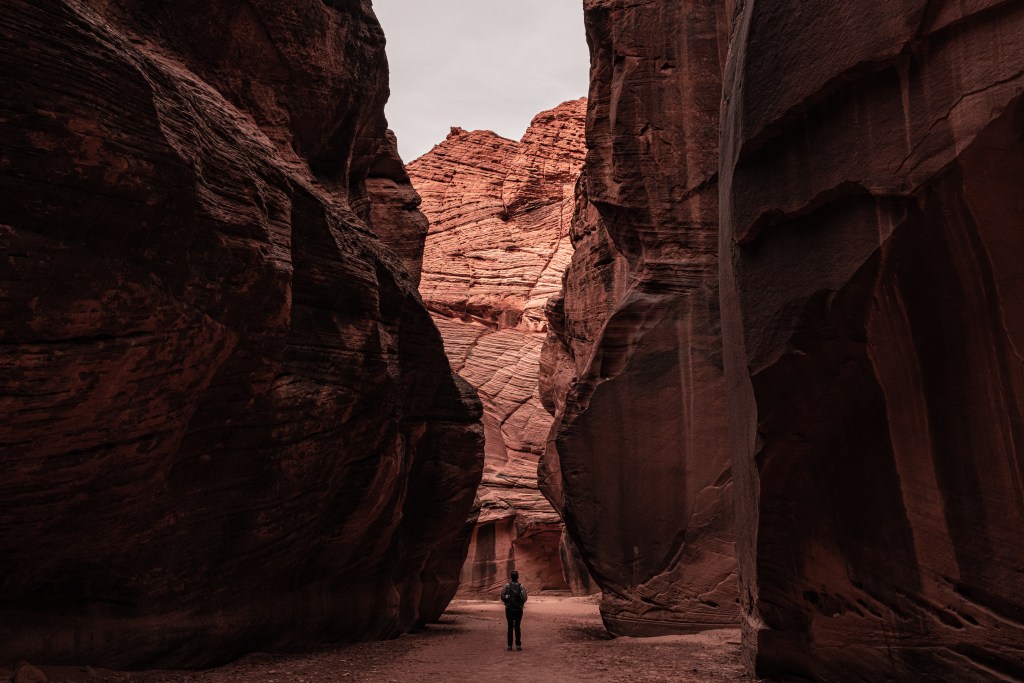International travel is more accessible than ever before, and much of that ease is ode to technology.
One of my favorite advances from the last decade are eSIMs.
These virtual SIM cards make it easy for Americans to extend their cellphone plans when traveling abroad. To use an eSIM, all you need to do is download an app from an eSIM provider, select the plan that works for you, and then make sure your eSIM is ready to activate when you arrive at your destination.
Sounds like an easy setup, right? In reality, getting the hang of different eSIM providers and options takes a bit of time. I’ve used Airalo for over a year with great success, but other names are constantly popping up on the market.
If you’re new to eSIMs, start here. I’m breaking down three of the best eSIMs for 2025, along with what makes them unique. Here’s your guide to Airalo, Firsty, and Saily.
Best eSIMs for international travel: at a glance
Airalo: Easiest setup
I use Airalo because it’s really easy to set up and has been used by over 10 million travelers around the world. That’s an insane number that showcases just how straightforward the platform is.
Plus, Airalo is the very first eSIM, which means they’ve got plenty of experience in fine-tuning their app. For me, the positive experience using Airalo boils down to how the app lets you shop for data plans, which is by selecting your destination country.
Just click on the country, then you’ll see a handful of plans. Each plan comes with a country of coverage, data limit, validity period, and price. Just click on the plan that suits you, then you can read through the details.
As a cherry on top, Airalo is also very affordable.
Firsty: Best free plan
Firsty stands out thanks to its free plan. (Airalo also has one, but it isn’t quite as attractive.) Their basic free connection still lets you send Apple and WhatsApp messages, along with emails.
Considering that’s about all I need when traveling, Firsty is a great go-to for budget travelers. But there’s another appeal with Firsty: it’s border-crossing capabilities.
Using a single eSIM plan, you can cross borders without switching to another provider. And even their paid eSIM plan is as cheap as €1 per day (around $1.10).
Saily: Most secure option
Saily comes from Nord VPN, a virtual private network provider. That means you get one huge benefit when you use Saily: peace of mind.
Saily has boosted security features that let you browse worldwide securely. You automatically join the network that includes over 80 options for joining a secure network—which also lets you do things like access Netflix from your home country.
Similar to Airalo, you use Saily by first selecting your destination. That makes Saily both easy to use for first-timers and secure for those who don’t know about the dangers of using public Wi-Fi.
As an added bonus, Saily also protects you from intrusive ads and trackers.




